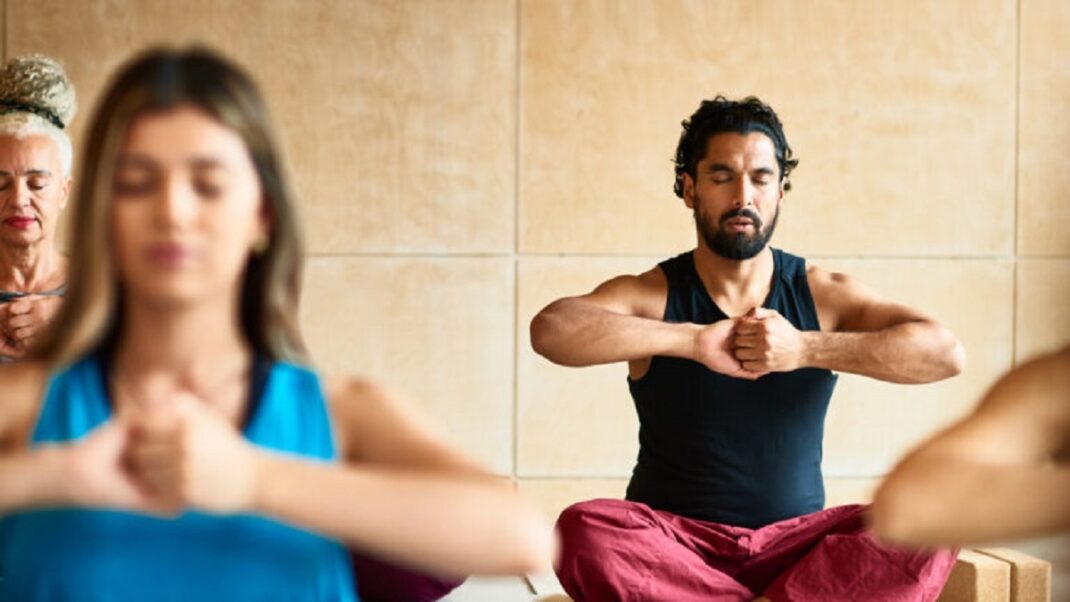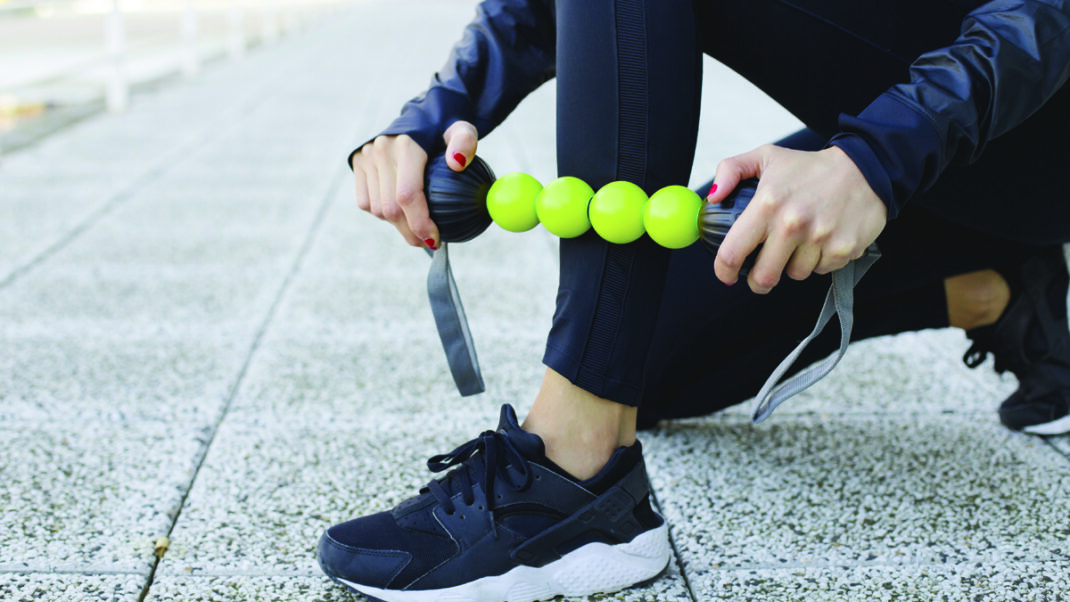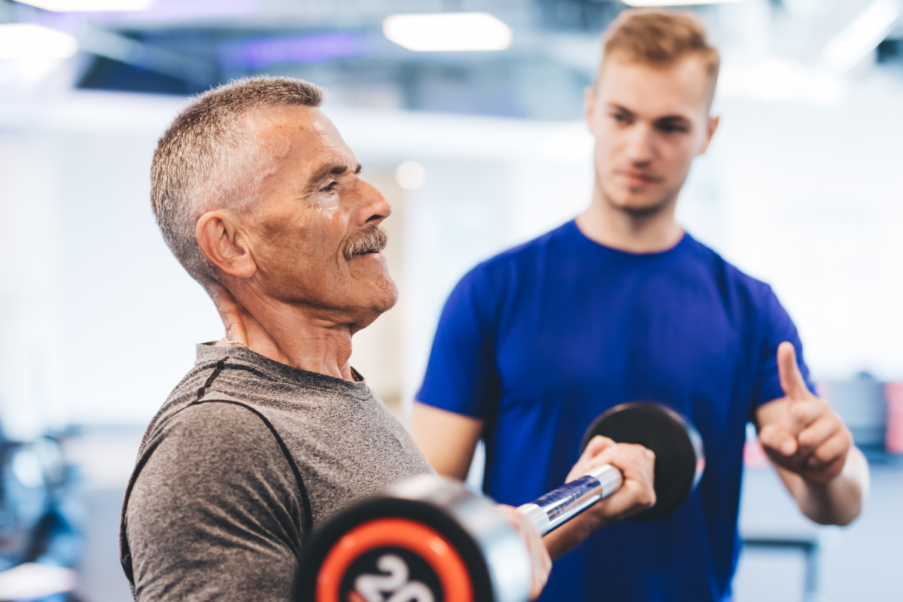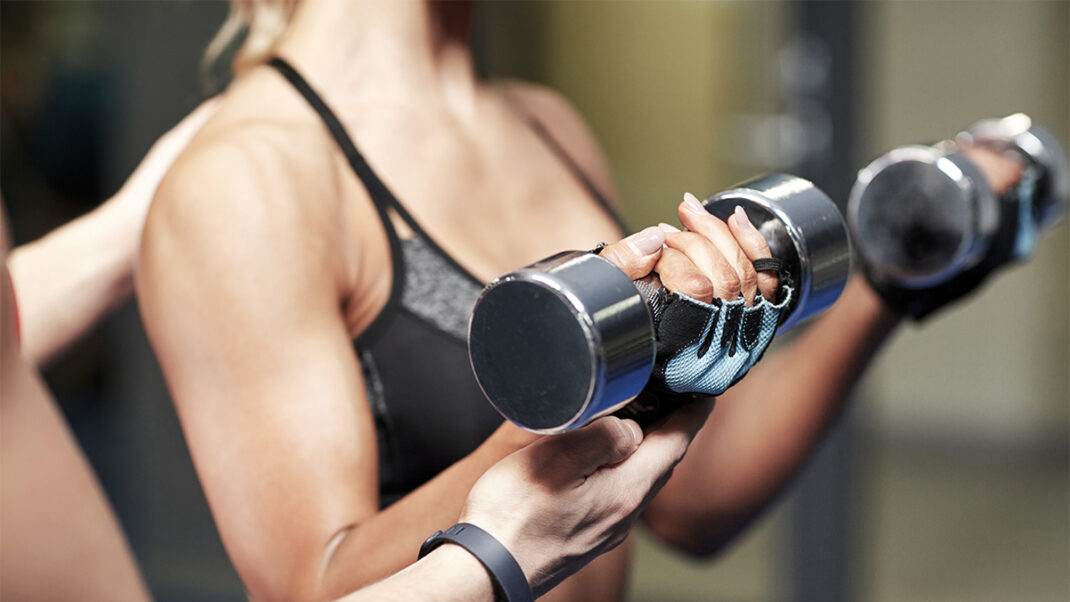Using Self-Massage Tools at Home
Discover different self-care massagers that can keep aches and pains at bay.
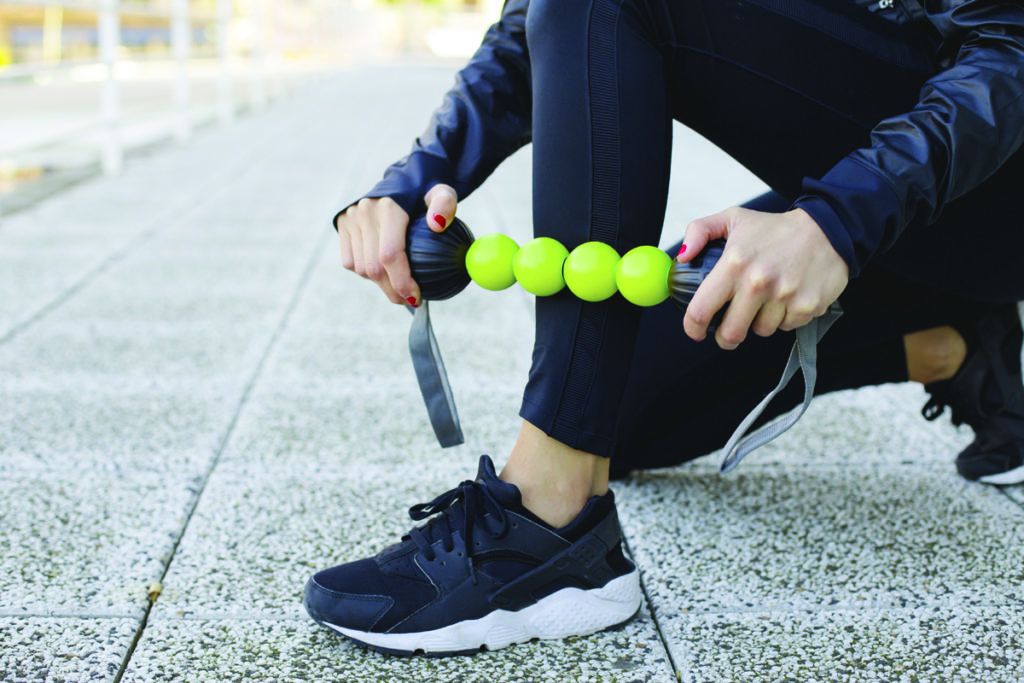
Have you tried self-massage tools? They are relatively inexpensive and can help prevent or treat pain or imbalances in your body. While these tools don’t provide “massage” as such (and can’t replace a professional therapist), the best ones offer some of the same benefits.
Which are the optimum tools? There’s no simple answer. A product that one person finds too painful to use—or cumbersome or ineffective—might be a lifesaver for someone else.
Educating yourself on how different devices work will help you assess their effectiveness at providing the desired benefit to the targeted part of the body. Here, Paul Kleiman, president of MassageU and U-Selfcare.com, author, massage educator, and inventor of the Roleo Arm and Hand Massager, explains various kinds of self-massage tools.
Having a Ball
People have used tennis balls, golf balls, superballs and pretty much any small, hard spherical object to compress and release trigger points for quite some time. The hard rubber lacrosse ball is a popular self-care product. Starting at around $5, lacrosse balls offer the right size and firmness for self-trigger-point work. You can roll your feet with one, using your weight to control pressure for massage or reflexology, or place a ball under the center of a glute and sit on it, focusing on the piriformis muscle to relieve sciatic pain.
Some newer balls have nodes or bumps on them, which feel nice on the feet and hands but don’t necessarily add any physiological benefit. That said, if you like how a spiky ball feels, get one! The better something feels to you and the easier it is to use, the more often you will use it.
Tip: Buy lacrosse balls at a sporting goods store rather than as a “massage tool.” They’re the same thing but cost less.
See also: More Paths to Exercise Recovery
The Power of Foam Rollers
Foam rollers, beloved by physical therapy and rehab specialists, also work with your weight and are easily used on most parts of the body. Because of their shape, rollers are best for back, hips, buttocks and legs. In addition to massaging muscle, foam rollers help with myofascial pain by compressing trigger points. Rollers are made of dense foam and come in different lengths. The most effective and versatile are the 24- to 36-inch sizes.
You can buy rollers for $30 or less online, at physical therapy stores and at sporting goods stores, and you’ll find hundreds of foam-rolling videos online. You can buy rollers with nodes, ridges, finger-shaped bumps and grooves for your spine. There are even ones that vibrate. The basic roller works well, but if you feel that something more elaborate might be more effective for you, by all means try it. One of the best things about basic foam rollers is that they have only one part, so there is almost no chance of breakage.
The Cane Category
Cane-shaped tools with nodes and handles are very effective devices for delivering therapeutic pressure to small areas. Thera Cane® was the first, but new versions appear often and may have additional features. Some are longer; some can be taken apart to fit in a gym bag.
With these self-massage tools, you simply position the tip of the cane or one of the nodes on a trigger point or muscle knot and compress it by pulling on the handles or leaning on the device. These massagers come with links to video instructions. They are usually durable and affordable and offer a great way to self-administer trigger-point techniques, even on hard-to-reach places, such as the inner edge of the scapula—a problem area for many.
See also: Seniors and Self Myofascial Release
Worth the Cost: Shiatsu Massagers
Low-cost self-care massage products can often be effective, making it unnecessary to spend more. However, one tool it’s worth paying more for is an electronic shiatsu massager that mimics the finger pressure of rotating thumbs. This type of device can be effective on specific areas, mostly the back and neck, and a decent one will run you $100–$200. Since shiatsu relies on knowledge of acupuncture points and the flow of qi (energy or life force), the result is not really shiatsu, but these machines do provide deep pressure (from your weight on the machine). The cost comes from motors and other hardware that have to withstand years of high tension and resistance.
